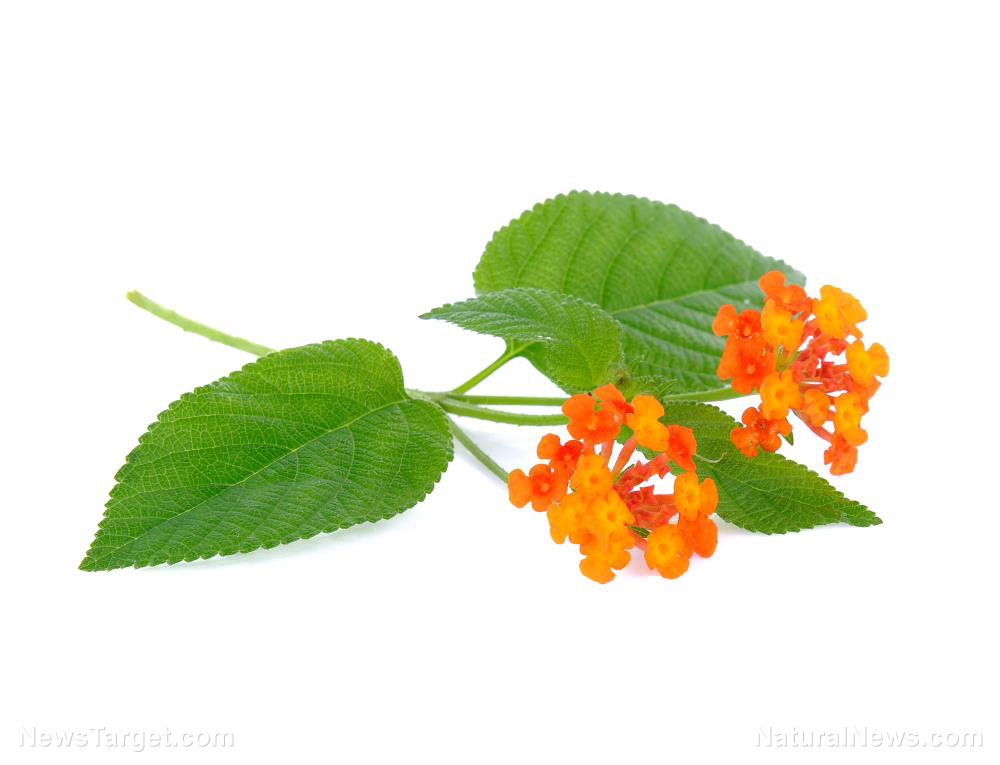
Although L. camara is now generally considered an invasive weed, it still possesses medicinal properties. In a study published in the Journal of Essential Oil Research, researchers from Brazil analyzed the essential oil yield and chemical composition of the fresh and dried leaves of L. camara. They reported that the essential oil derived from dried lantana leaves is not only rich in bioactive components, it is also a powerful antimicrobial and neuroprotective agent.
The medicinal properties of L. camara essential oil
The researchers reported that the essential oil yield and chemical composition of L. camara varied throughout the day. Nevertheless, they identified the main active compounds present in L. camara essential oil, which were B-caryophyllene and germacrene.
B-caryophyllene is known as a dietary cannabinoid -- a chemical that could interact with the human endocannabinoid system. B-caryophyllene has anti-inflammatory properties and is said to be responsible for the spiciness of black pepper. Other known sources of B-caryophyllene include herbs like cloves, rosemary, copaiba and cannabis.
Germacrenes are volatile plant compounds with antibacterial and insecticidal properties. Research suggests that these compounds are recognized by certain insects and are also used by plants to attract specific pollinators.
Upon examining their anti-microbial effects, the researchers found that the essential oils extracted at 6 AM, 12 NN and 6 PM from both fresh and dried leaves could inhibit the growth of Candida albicans. In fact, L. camara essential oils proved more effective than conventional anti-fungal agents.
In addition, the essential oil obtained from dried L. camara leaves exhibited the strongest inhibitory effect against all fungi and bacteria used in the experiment. The essential oil also inhibited the activity of acetylcholinesterase (AChE), an enzyme linked to the dysregulation of B-amyloid and tau proteins, which is a common feature of Alzheimer's.
Based on these findings, the researchers concluded that the essential oil of L. camara is a promising natural medicine for Alzheimer's disease and microbial infections.
L. camara in traditional medicine
L. camara is known for having aromatic leaves and small, brightly colored flowers. While the leaves of L. camara are used to make tea, its fruits are said to taste sweet when ripe and make great children's snacks.
According to studies, L. camara is rich in beneficial phytonutrients, such as verbacoside, lantanoside, linaroside and camarinic acid. While verbacoside is said to have anti-tumor and anti-microbial properties, the rest are currently being studied for their possible nematocidal activities.
In traditional medicine, L. camara essential oil is used as an antiseptic for wounds and as an external remedy for leprosy, scabies and skin itching. Folk healers also use the oil to treat rheumatic joints. (Related: A natural cure for your diarrhea.)
The leaves of L. camara have cooling properties and are used as a stimulant, a vulnerary (for healing wounds), a febrifuge (for reducing fever) and a diaphoretic (for inducing sweating) medicine. L. camara leaves can also be used to treat constipation, bronchitis and tuberculosis. When combined with L. camara stems, the leaves are great for washing skin affected by dermatitis, eczema, pruritus, measles and chickenpox rashes.
L. camara root is traditionally used to treat asthma, cough, mumps, headache, inflammation, influenza, malaria and gonorrhea. It is said to have a sweet yet bitter taste. L. camara flowers, on the other hand, are sweet-tasting and are used to treat hemoptysis (coughing up blood) and pulmonary tuberculosis.
Read more stories about similarly amazing medicinal plants at NaturalMedicine.news.
Sources include:
Please contact us for more information.























